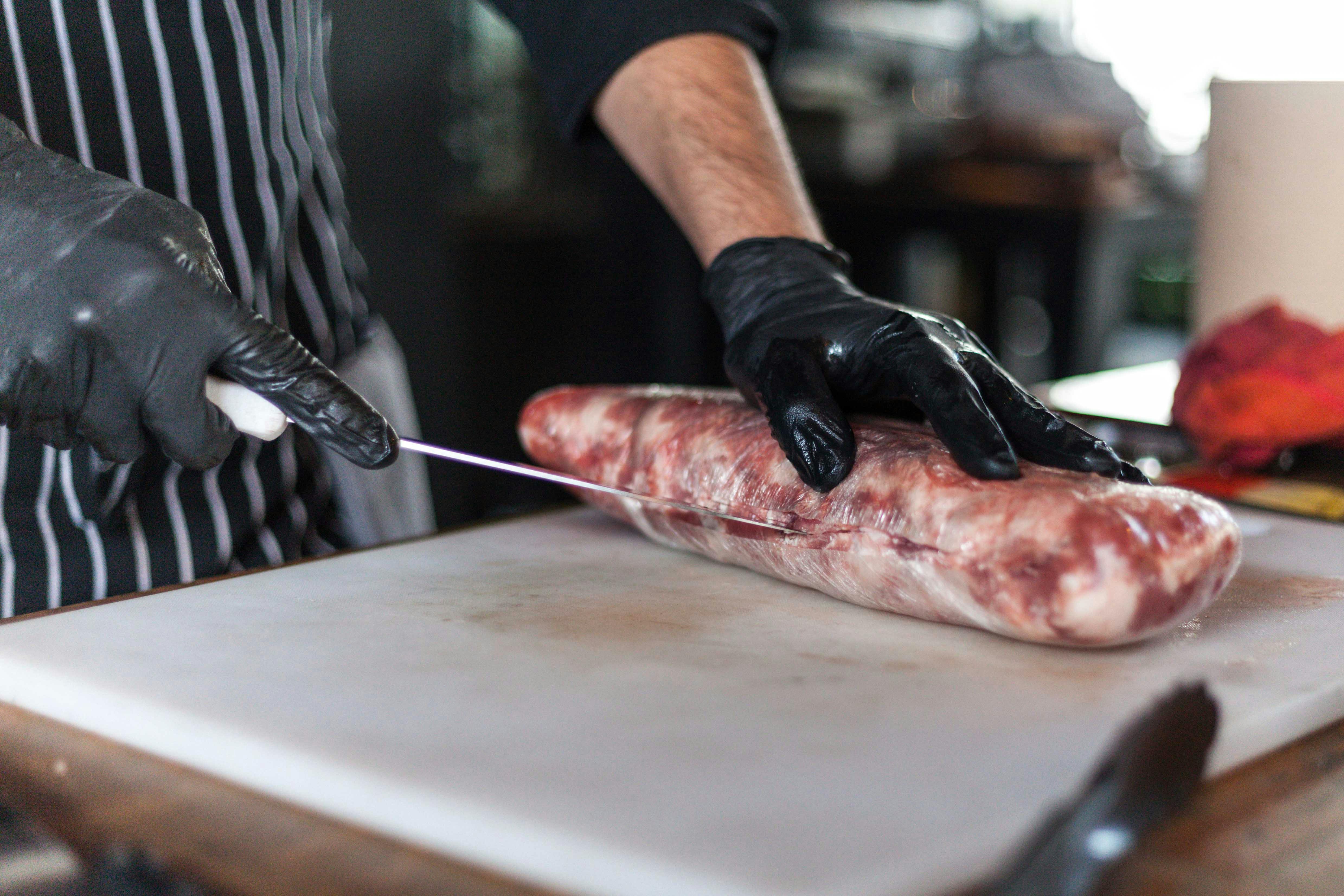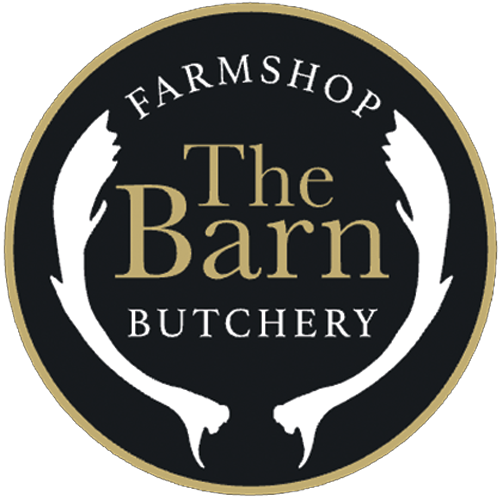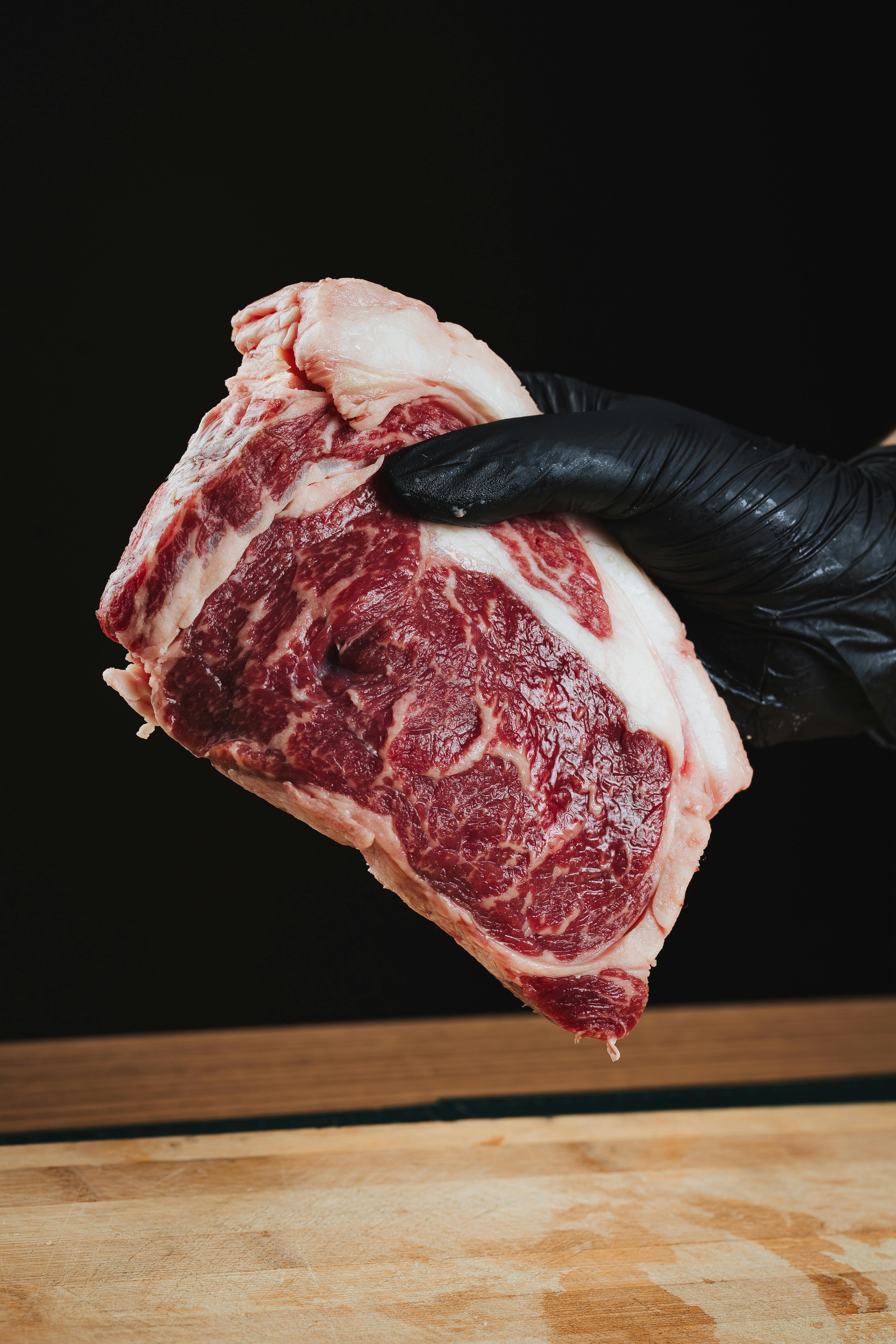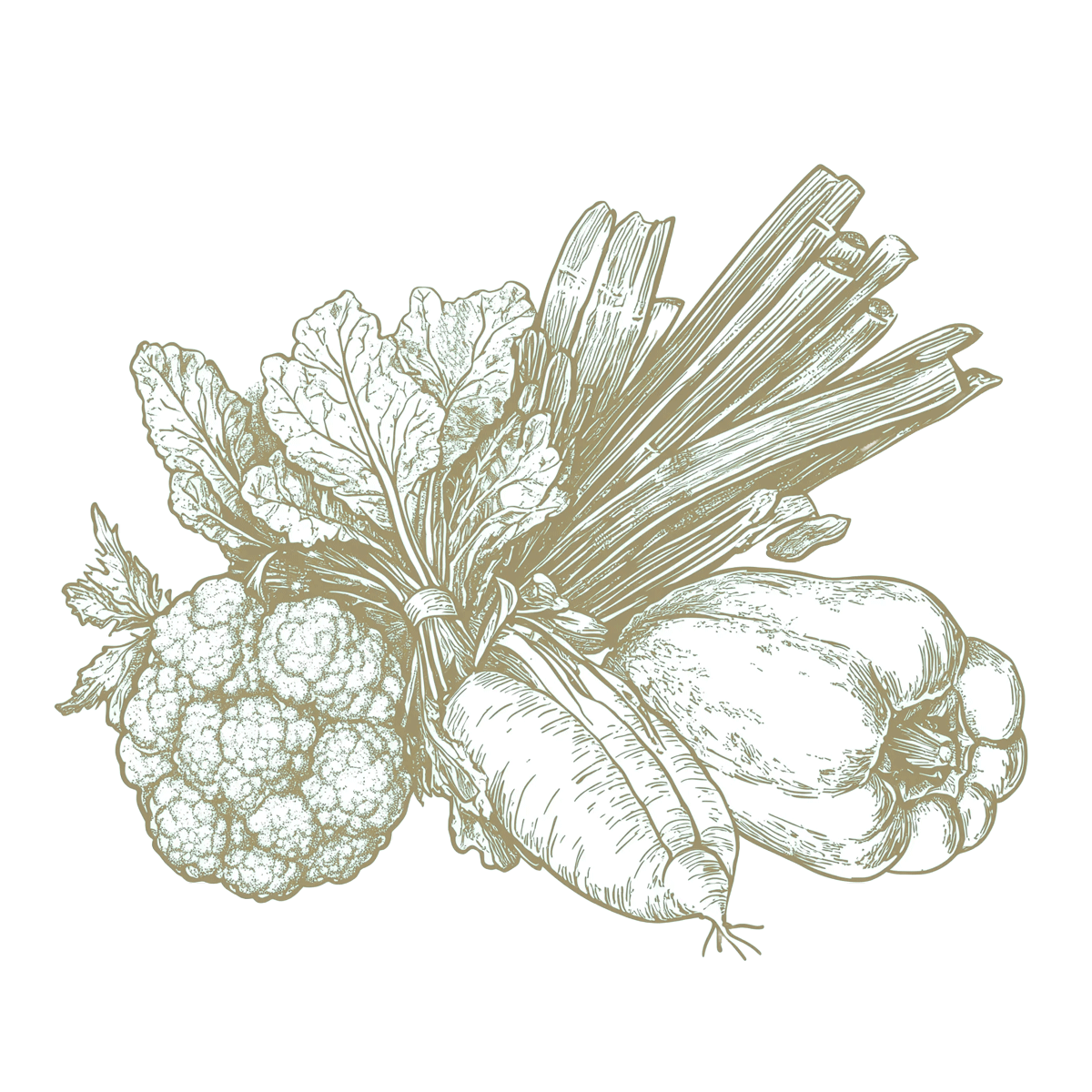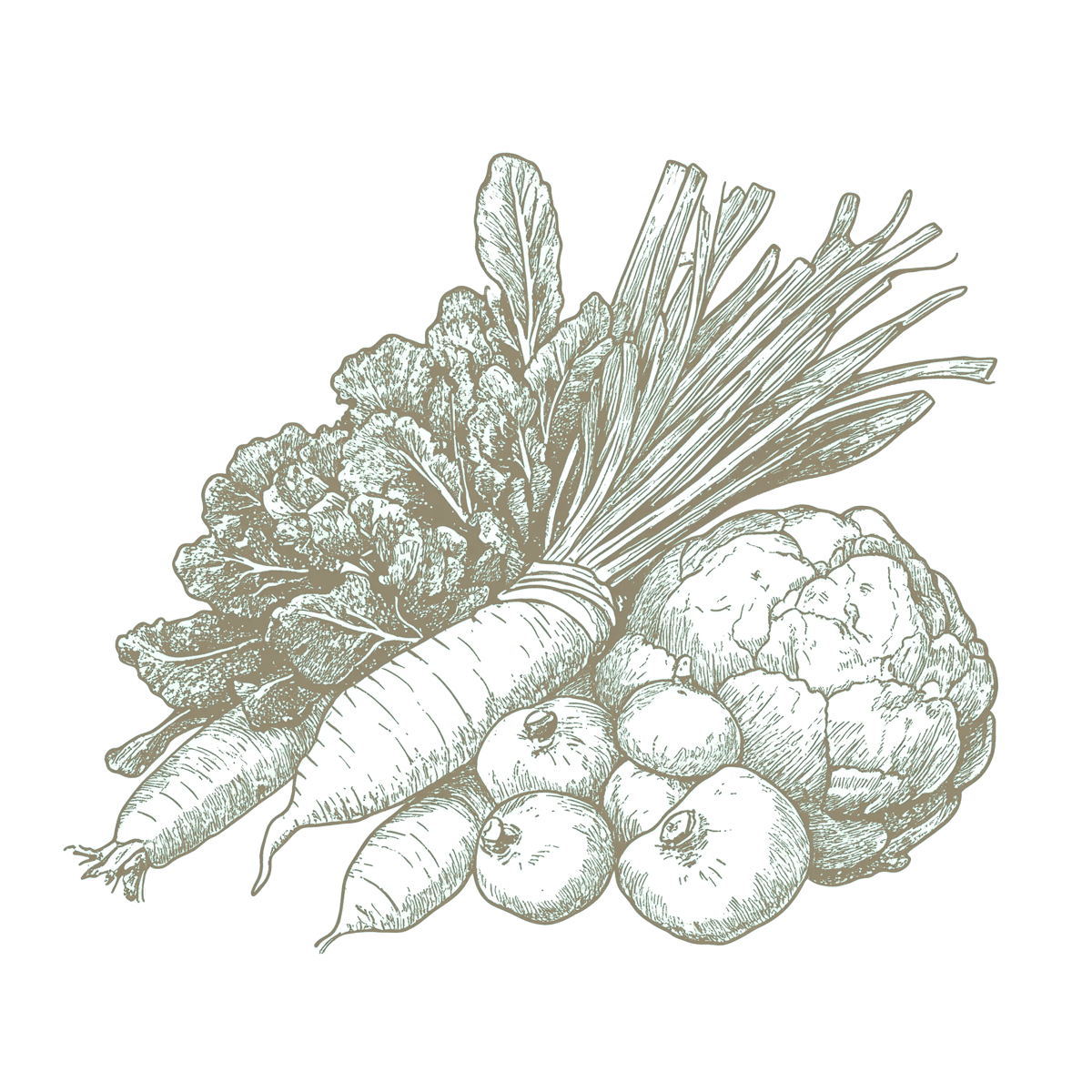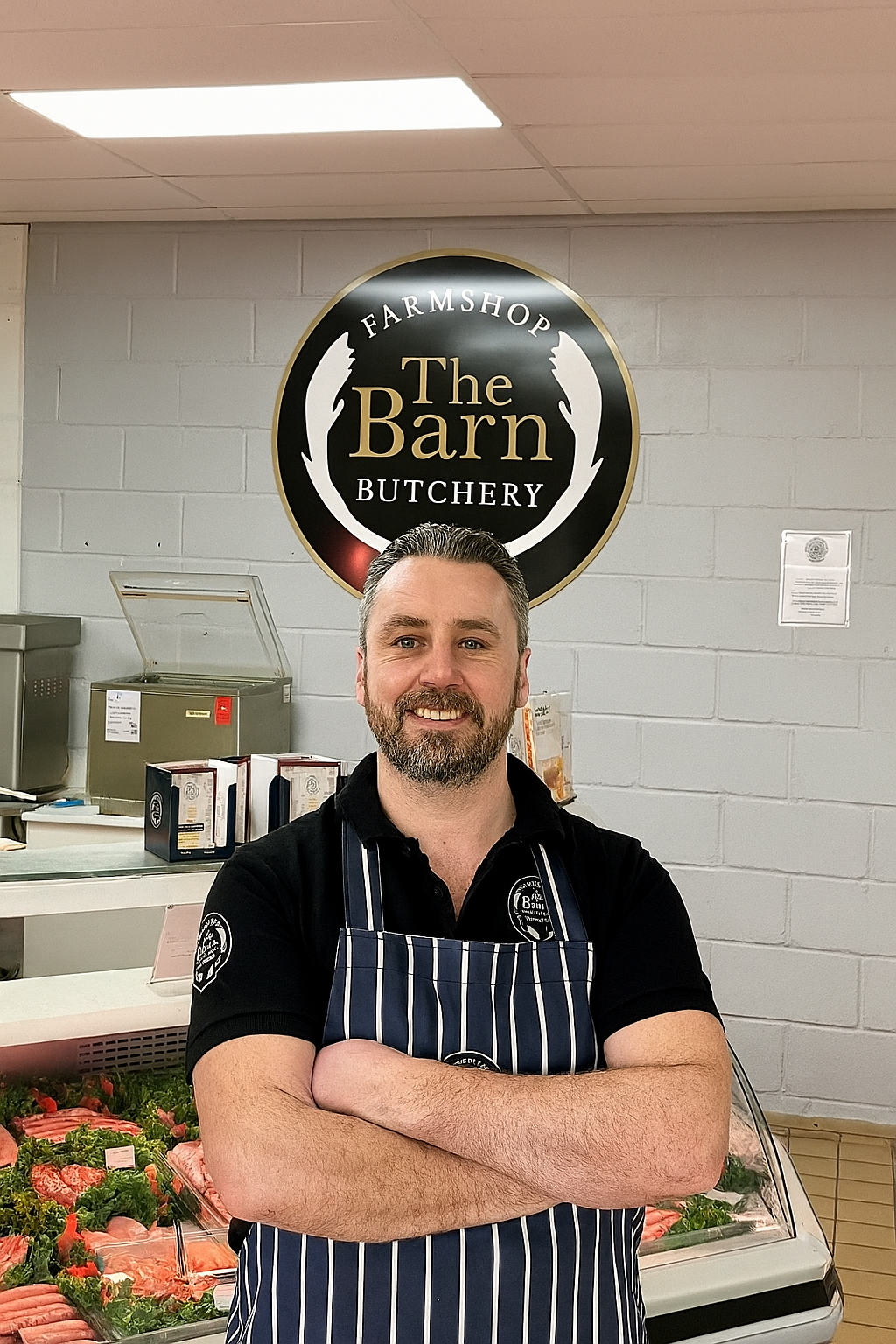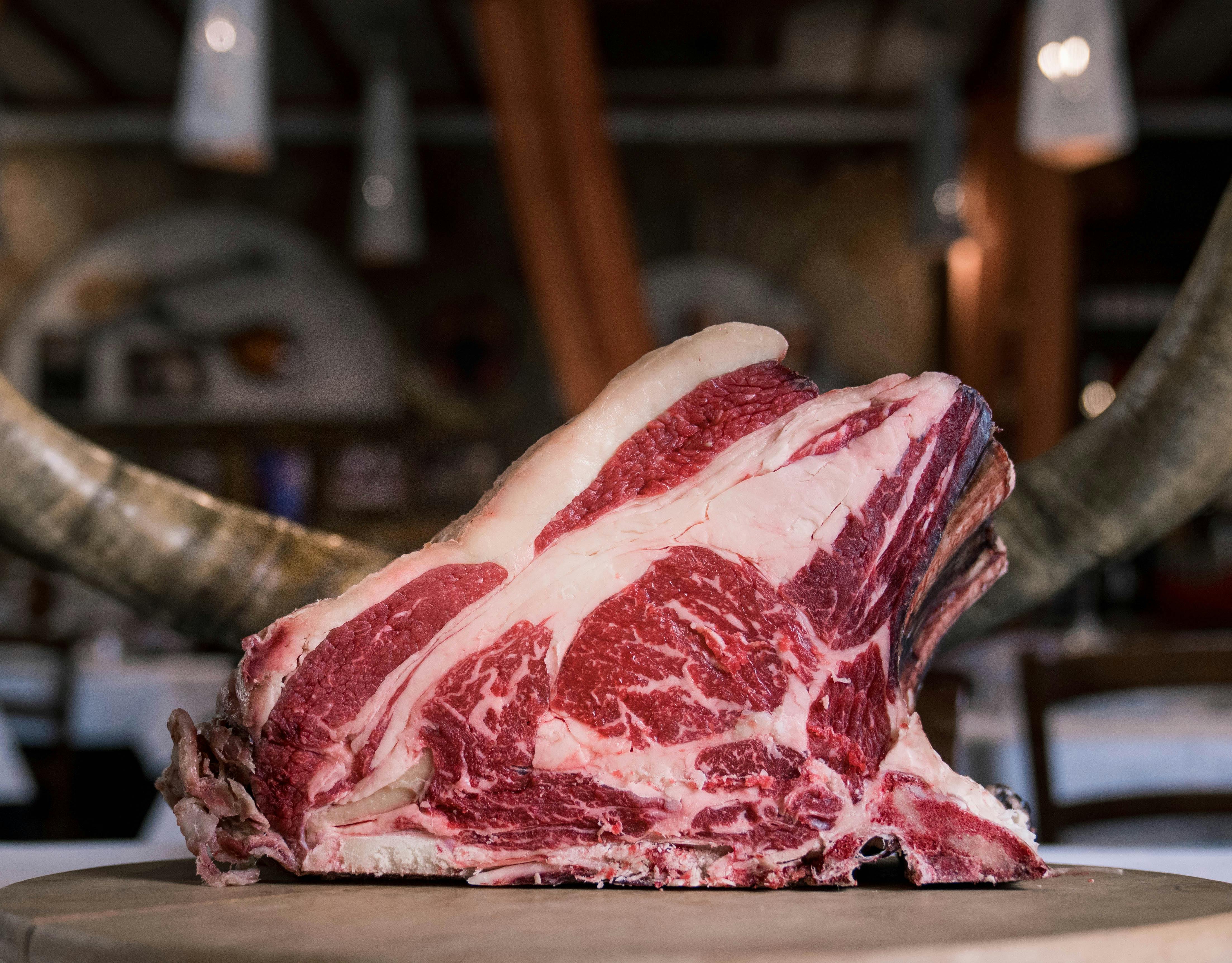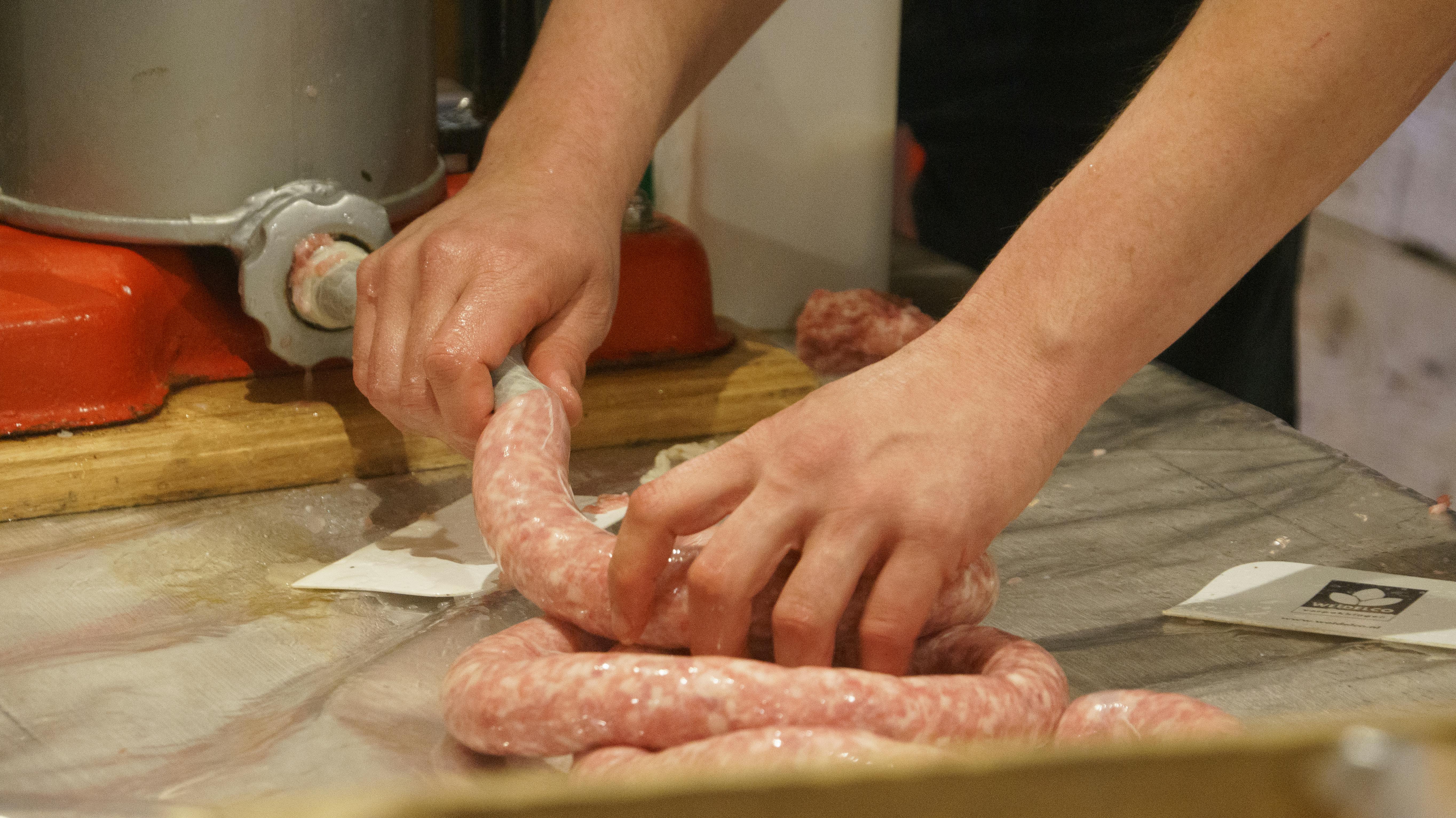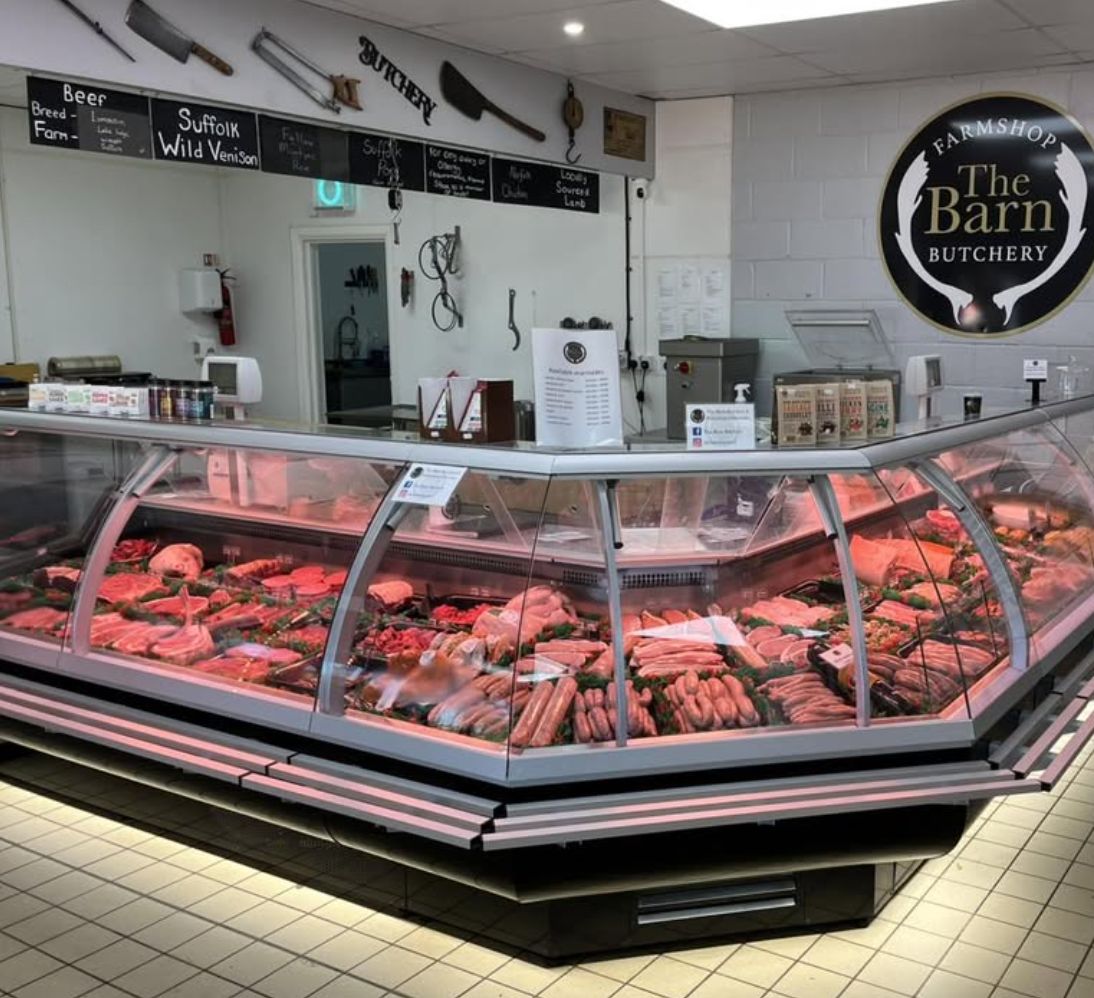Understanding Different Cuts of Meat – A Butcher’s Guide to Choosing the Right Cut
Buying meat can sometimes be confusing – there are so many different cuts, grades, and names. Ever found yourself staring at the butcher’s display wondering, “What’s the difference between sirloin and rump steak? Or which cut is best for a stew versus a grill?” You’re not alone! As your local butchers (serving the Bury St Edmunds and Newmarket area), we get these questions every day. In this guide, we’ll break down the basics of beef, lamb, and pork cuts and give you tips on how to use each one. Consider this a friendly butcher’s cheat sheet to make you a more confident meat shopper and cook.
Beef Cuts – From Steaks to Stews
Prime Steaks (Quick Cooking): The most tender (and often priciest) beef cuts come from the less-worked muscles along the back. These include fillet (tenderloin), ribeye, sirloin, and rump. They have less connective tissue, which means they’re naturally tender – ideal for fast, hot cooking like grilling or frying. For example, a ribeye steak is well-marbled with fat; as it cooks, the fat melts and bastes the meat, giving a juicy and flavorful result. Sirloin has a bit less fat but a robust beefy taste, great on the grill or pan-seared and rested. Cooking tip: Season these steaks simply with salt and pepper, cook on high heat to your desired doneness, and let them rest a few minutes for maximum juiciness. These cuts are best served medium-rare to medium to appreciate their tenderness.
Roasting Joints: When you think of a classic Sunday roast beef, cuts like rib roast, striploin/striploin roast, topside, or silverside come to mind. These are larger sections that can feed a family. Some, like a bone-in prime rib or rolled ribeye roast, are well-marbled and tender – they roast beautifully to pink inside. Others like topside/silverside (from the hind leg) are leaner and can be roasted but benefit from slow roasting or covering to retain moisture. Always rest a roast after cooking so the juices redistribute. A handy hint: Ask your butcher about the best joint for your needs – for a smaller gathering, a rolled sirloin might be perfect; for a celebratory feast, a standing rib roast makes an impressive centerpiece. Don’t forget Yorkshire puddings!
Braising & Stewing Cuts (Slow Cooking): Some of the most flavorful beef cuts are the tougher ones that need low-and-slow cooking. These come from hardworking muscles (like the shoulder or legs) which have more connective tissue. Examples: chuck (shoulder), brisket (breast), shin/shank (lower leg), and ox oxtail. These cuts are generally less expensive and absolutely shine when cooked slowly in liquid. Take beef chuck – it’s filled with collagen-rich connective tissue that breaks down into gelatin when simmered, yielding meltingly tender meat and a rich sauce. Brisket is famous for BBQ and pot roast; cook it low and slow and it becomes fork-tender and juicy. Beef shin (sometimes sold as “beef Osso Buco” if cut crosswise) has a wonderful silky texture in stew once that collagen dissolves. Yes, these cuts start tough, but they “transform from firm and fibrous to spoon-tender perfection” with patience. Cooking tip: Brown the meat first for extra flavor, then cook it with stock/wine and aromatic veggies at a gentle simmer (or in a slow cooker) until tender – often 2–3 hours or more. The result is deeply flavored comfort food. And bonus: these cuts often have deep beefy flavor that some prime steaks can’t match. So don’t neglect them! As one guide says, “don’t neglect the cheaper cuts that deliver wonderful rich flavours slow cooked, braised in casseroles or stews.”
Ground Beef and Others: We also grind beef from various cuts to provide different lean/fat ratios. For juicy burgers, a bit of fat (about 20%) from chuck or brisket grind is ideal. Lean mince (like 5% fat) may come from leg muscles – good for healthy chilli or Bolognese. Other beef delights include short ribs (meaty ribs that are great braised or BBQ’d) and offal like liver or kidney, which are very nutritious (often used in dishes like steak and kidney pie).
Key takeaway: Front of the cow (shoulder/chuck) = tough but flavorful, needs slow cook. Back of the cow (loin/rib) = tender and best for quick cook. Legs (round/hindquarter) = lean and can be tough, often used for mince or slow cook. Fat = flavor and helps in fast cooking; lean cuts need gentle cooking or added moisture. If in doubt, ask us – we’re happy to guide you to the right cut for your recipe!
Lamb Cuts – Understanding This Seasonal Delight
Lamb is a beloved meat, especially around spring and Easter here in Suffolk. It’s generally tender (from younger animals) but different parts of a lamb shine with different cooking methods:
Prime Lamb Cuts (Roasting & Grilling): The rack of lamb (or chops cut from the rack) is the lamb equivalent of ribeye – very tender, with a nice cap of fat, best roasted briefly or grilled. Lamb loin chops (sometimes called mini T-bone steaks of lamb) are also tender and great for quick grilling or pan-frying; they come from the saddle area. The leg of lamb is a star roasting joint – it’s fairly lean with an external fat cap. A leg can be roasted whole (on the bone for flavor or boneless and rolled for easy carving). It’s great for traditional roast lamb with rosemary and garlic. You can also have it butterflied (opened up flat) for faster roasting or grilling – this is popular for summer barbecues. Leg vs. Shoulder: Lamb leg is leaner and best roasted to rosy medium (it slices into neat portions). Lamb shoulder has more connective tissue and fat marbling; it excels with slow, long roasting until it’s fall-apart tender. In fact, many chefs prefer shoulder for flavor – slow-roasted lamb shoulder becomes incredibly juicy and you can pull the meat apart, whereas leg will be drier if overcooked. For example, a 5-hour slow roast on a shoulder can yield meltingly soft meat that’s “so much richer” in flavor.
Chops and Quick Cuts: Lamb shoulder chops (cut from the shoulder) and leg steaks are slightly tougher than loin or rack chops but still cook relatively quickly – they just may need a marinade or slightly longer cooking to tenderize. They are also more affordable, with great lamb flavor. These are suitable for pan-frying or braising. Lamb ribs (also called breast of lamb) are very fatty and best cooked low and slow (they can be braised or slowly grilled to render out fat).
Slow-Cook Lamb Cuts: The shoulder, as mentioned, is ideal for slow roasting or braising (it can handle 3-4 hours in the oven and only gets better). Lamb shank (the shin portion of the leg) is another favourite for braising – think lamb shanks in red wine or ale, cooked until the meat literally falls off the bone. Shanks are full of connective tissue that yields a luxurious sauce when slow-cooked. Neck of lamb (often sold as neck fillet or slices) is a wonderfully underrated cut – it’s actually quite marbled and becomes very tender after slow cooking, superb for stews or curries. Many traditional Irish stews use neck slices. Lamb offal (like liver) is strong in flavor but prized by some – lamb’s liver can be pan-fried with onions for those who enjoy it.
Cooking tips: Lamb generally has a grassy, unique flavor. Herbs like rosemary, thyme, and mint pair beautifully. For a leg roast, try studding it with garlic and rosemary. For shoulder or shanks, slow cook with stock, wine, or tomatoes and aromatics – the meat will be fork-tender and richly flavored. And don’t be afraid of the fat on lamb – it helps baste the meat. You can trim excess before serving, but cooking with it on will keep the meat moist and impart flavor.
Pork Cuts – From Tenderloin to Belly
Pork is versatile and often more budget-friendly. Here’s how the pig breaks down:
Pork Loin & Tenderloin (Lean & Tender): The pork loin runs along the back – it’s where pork chops come from. You can get loin chops (with or without the bone) which are great for quick cooking (grilling, pan-frying). They are quite lean, so take care not to overcook pork chops or they’ll dry out – cook to about medium (slight blush of pink is now considered safe and yields juicier meat, around 63°C internal temp). A whole pork loin can be roasted; because it’s lean, many people like to brine it or cover with fatty bacon for moisture, or roast it with the rib bones (rack of pork) for flavor. Pork tenderloin (fillet) is an extremely lean, tender muscle that runs inside the loin. It’s small and great for quick cooking (often sliced into medallions or roasted whole in 20-30 minutes). Its mild flavor pairs well with marinades or fruit glazes (like apple, apricot). Since it has no fat cover, avoid overcooking – it’s done when just a hint of pink remains in the centre.
Shoulder (Butt) – Flavorful and Forgiving: The pork shoulder (also called Boston butt or hand depending on region) is a workhorse cut that’s well-marbled with fat and connective tissue. This makes it ideal for long, slow cooking methods. It’s the cut traditionally used for pulled pork – cooked low and slow (like a slow roast or in a barbecue smoker) until it’s so tender you can shred it with forks. Shoulder can handle braising as well (e.g., diced in a stew or curry). In British butchery, shoulder is often sold as a square-cut shoulder roast or as pork shoulder steaks. Those shoulder steaks (sometimes called “collar steaks”) can actually be grilled or fried – they’ll be a bit chewier than loin chops but have more flavor due to the marbling. For roasting, a shoulder piece often comes with the skin – that’s perfect for making crackling (crispy pork skin) on top. Season the skin with salt and blast it with high heat at the start or end of cooking to puff it up into golden crackling. In summary, shoulder is your friend for any recipe that needs rich, juicy pork – and it’s generally less expensive than loin.*
Belly – Rich and Succulent: Pork belly is exactly what it sounds like – the belly of the pig – and it’s very fatty with layers of meat in between. This is the cut used to make bacon when cured and smoked. Fresh pork belly, when roasted slowly, yields incredibly succulent meat and crispy skin. Think of Chinese-style braised belly or Italian porchetta (rolled belly with herbs) – these are melt-in-your-mouth dishes. Belly can also be sliced and grilled (you might have seen Korean BBQ pork belly strips). Because of the high fat content, belly stays moist; the key is cooking it long enough to render fat and tenderize the meat. It’s not an everyday cut for some, due to richness, but oh boy is it tasty! If you’re a fan of bacon, you owe it to yourself to try roasting a pork belly one day for an indulgent treat.
Leg & Ham: The hind leg of the pig is often referred to as the ham (especially after curing). Fresh pork leg is quite lean and is typically used for larger roasting joints or sliced into escalopes. A leg roast (like a ham joint, uncured) is good for feeding a crowd, but it doesn’t have as much intramuscular fat as shoulder, so it can dry out if overcooked. That’s one reason ham is often cured or brined – it adds moisture and flavor. If you get a fresh leg, you can roast it similarly to a loin (perhaps with some liquid in the pan or glaze it towards the end). Many holiday hams are from the leg, cured, and then baked. Gammon is the term for a cured leg cut (you’d boil or bake a gammon roast for Christmas, for instance).
Ribs and Other Bits: Pork ribs come in a couple varieties – baby back ribs (from near the loin) are shorter, leaner ribs, while spare ribs (from the belly side) are larger and meatier. Both benefit from slow cooking or braising then finishing on a grill with sauce. We also have pork mince (from trimmings, shoulder, or leg) which is great for meatballs, Bolognese, or homemade sausages. Don’t forget pork offal – pork liver goes into our traditional faggots or pâté, and pork trotters (feet) are sometimes used to add gelatin to stocks.
In a nutshell: For quick, lean meals, choose loin chops or tenderloin. For robust, juicy dishes, go with shoulder or belly and cook slow. For roasts, a loin is fine for a smaller group, leg for a big gathering (or cured as ham), and shoulder for pulled pork style. Pork is very versatile – it works with sweet glazes (honey, apple, maple), aromatic herbs (sage, rosemary), and bold spices (chili, fennel seed) alike. If you ever feel stuck, just ask us – we’ll happily point out the cut you need and how to cook it.
By understanding these different cuts of beef, lamb, and pork, you can make better decisions at the butcher shop and in the kitchen. Each cut has its ideal cooking method that brings out its best. Remember, your local butcher (hi there, that’s us!) is always ready to offer guidance. Don’t be shy – ask questions about the origin of the meat, the best way to prepare it, or even for recipe ideas. We’re passionate about our products and love to share that knowledge. Armed with this knowledge, you’ll be well on your way to cooking meats with confidence and enjoying delicious results. Happy cooking!
Blog Post 4: Supporting Local Farms – How Our Butcher Shop Sources Sustainable, Ethical Meat
One of the things that makes our family butcher shop special is our commitment to sourcing locally and sustainably. We’re incredibly proud to work closely with local farms here in Suffolk to bring you meat that isn’t just top-quality, but also ethically raised and environmentally friendly. In an age of factory farming and anonymous supply chains, we choose a different path – one of transparency, community, and responsibility. Let’s pull back the curtain and share how our “farm-to-butcher” sourcing works and why it matters. By the end, you’ll see that every chop, steak, and sausage from our Bury St Edmunds shop has a story and values behind it.
Partnering with Local Suffolk Farms
We believe great meat starts on the farm. That’s why we source our beef, lamb, pork and poultry from local Suffolk farms (many within 30 miles of Bury St Edmunds). These are farms we know by name – often family-run, just like us. Some of our partner farmers have been supplying this shop for decades, passing their farms down through generations. By working with nearby farms, we can personally observe how animals are raised and ensure they meet our high standards. For example, our lamb comes from a farm in the gentle hills outside Newmarket where the flock grazes freely on pasture. Our beef often comes from a small group of Suffolk and Norfolk farms raising cattle on grass; we even visit during calving season to see the care and attention given to the herd. This close relationship means we know exactly where our meat comes from – which field those cows roamed in, what diet they ate, and how they were treated.
Local sourcing has multiple benefits. First, it supports the local economy – we’re paying local farmers fair prices, which helps keep British agriculture viable. You’re essentially “buying local” twice when you purchase from us (local butcher and local farm). Second, it means shorter supply chains. The animals don’t travel far to reach our shop, which reduces transport stress on them and cuts down food miles. Lower transportation = lower carbon footprint for your food. The meat arrives fresher because it hasn’t been shipped across countries or continents. As a bonus, working with local farms often means we can get special heritage breeds or unique varieties of meat that supermarkets won’t bother with. For instance, one of our farmers raises rare breed Gloucester Old Spot pigs – slower growing, but renowned for flavor and marbling. We’re thrilled to offer that kind of quality to our customers.
High Animal Welfare – Ethically Raised Meat
One of our non-negotiables in sourcing is animal welfare. We insist on humane practices at every stage. The farmers we partner with prioritize their animals’ well-being: cattle and sheep are mostly grass-fed on open pasture with minimal stress, pigs are often free-range or kept with plenty of space and enrichment (mud to root in, straw bedding), and poultry is free-range with outdoor access daily. These conditions let animals express natural behaviors and live a decent life. As a result, the meat is not only more ethical but often higher quality – for example, pasture-raised animals tend to develop better muscle tone and flavor. When you choose our meat, you’re “giving a high-five to more ethical treatment of animals,” as one artisan butcher nicely said. In contrast, much supermarket meat can come from intensive farming systems where welfare may be an afterthought. We reject that model.
We personally visit abattoirs and use small, local abattoirs whenever possible, to ensure animals are handled gently and respectfully at slaughter. This also means minimal transport stress, as animals don’t endure long journeys. A calm animal results in better meat quality (stress can cause issues like pale, dry meat). By keeping things local and small-scale, we can maintain humane standards through the end of the process. It’s a sad reality that small abattoirs are disappearing in the UK, but by giving them our business, we help keep humane options for local meat processing alive. Overall, our philosophy is that if an animal is giving its life to feed us, it deserves to be raised and processed with care and respect. We take that responsibility seriously in our sourcing.
Sustainable Practices and Low Food Miles
Another big advantage of our local-first sourcing is sustainability. Locally raised meat can be better for the environment in several ways. For one, as mentioned, we cut down on transport emissions – our meat isn’t flying halfway around the world. Local butchers keep food miles low, translating to a smaller carbon footprint than supermarket supply chains that import from far away. Also, the farms we work with tend to employ sustainable practices. Many are mixed farms that rotate crops and livestock, use manure as natural fertilizer, and maintain hedgerows and pastures that support wildlife. For example, one of our beef suppliers runs a regenerative farm – their cattle graze in a way that improves soil health and sequesters carbon in the soil. Another farm uses no chemical fertilizers on the fields where our lambs graze.
Some of our partner farms are certified organic or follow organic principles, meaning no routine use of antibiotics or synthetic pesticides on feed. Organic standards require animals to spend most of their lives outdoors on pasture and emphasize good welfare. Even those who aren’t certified organic often practice high-welfare, low-input farming. The result is meat that is free of unnecessary chemicals and produced in harmony with the environment. And because we buy whole animals or large cuts, we can utilise the entire carcass (nose-to-tail butchery) which reduces waste. We even use bones for broth and fat for rendering – nothing is wasted if we can help it.
It’s also worth noting that small-scale farming can be a boon for biodiversity and rural landscapes. When you buy from local farms through us, you’re helping those farmers continue their more traditional, eco-friendly ways. It’s supporting a food system that’s more about quality than quantity, and one that values the countryside. We think that’s incredibly important. Sustainable meat isn’t just a buzzword for us – it’s part of our business model and values. We live here too, and we want to ensure our beautiful Suffolk environment is preserved for future generations.
Traceability and Transparency
Have you ever noticed the little info cards in our shop’s display that tell you where each item came from? We do that because we believe in traceability. When you buy a steak from us, we can tell you the farm, possibly the breed (e.g., Aberdeen Angus cross beef), and even how long it was aged. There are no mysteries or misleading labels here. In contrast, supermarket packaging might say something vague like “Produced in the UK” which doesn’t tell you much. We’re proud to put a name to our meats: e.g., “Grass-fed Beef – Smith Family Farm, Suffolk – Aged 28 days.” If you ever want to know more, just ask! We can often share details like “these chickens are a slower-growing breed raised free-range on Farmer John’s farm in Norfolk, they take 10 weeks to reach maturity (versus 5 weeks in a factory farm) – that’s why the flavor is superb.” This kind of openness is core to what we do.
Traceability isn’t just about showing off; it’s a safety and quality measure too. Because our supply chain is short and known, if there ever were an issue, we can immediately trace it back and address it. There’s a lot of trust involved as well – our customers trust us to be their eyes and ears at the source, ensuring everything is up to standard. We don’t take that lightly. That’s why we visit farms, why we maintain personal relationships, and why we’re transparent about our process. In an era of news about food scandals or mass recalls, our customers can feel at ease knowing exactly where their meat came from and how it was handled from farm to shop.
Local Butcher, Local Impact
At the end of the day, sourcing locally and sustainably is part of our identity as a butchery. It aligns with being a small, family-run business in Bury St Edmunds – we are rooted in this community, just as the farms are rooted in the surrounding countryside. The partnership between local farms and local butchers is a traditional symbiosis that benefits everyone. You, the customer, get tastier, trustworthy meat. The farmers get a fair market and appreciation for doing things the right way. We, the butcher, get to offer a product we truly believe in (and frankly, it makes our job more enjoyable to work with beautiful meat rather than factory-farmed commodity stuff).
Plus, there’s the simple matter of taste: ethically and locally raised meat just tastes better. Cattle grazing on lush grass and clover produce beef with rich flavor and yellow-tinged fat full of carotene. Pigs allowed to root and roam produce pork that’s juicy and flavourful, not bland and watery. Chickens that actually exercise have firmer texture and richer taste (you might notice our free-range chickens have a bit more colour to the meat – that’s how chicken should be!). And since our meat arrives to us quickly after slaughter and we expertly age it (beef hung for 21-28 days, etc.), you get optimal tenderness and flavor.
By choosing our butcher shop, you’re essentially voting for a more sustainable and humane food system. You’re saying that you care about where your food comes from. And we thank you for that! We’re always happy to chat more about our farms and practices – after all, we consider it one of our unique strengths as a local butcher. It’s not just about selling meat; it’s about being connected to the whole process and ensuring it’s done right. So the next time you enjoy a tender steak or a succulent roast from us, you can feel good knowing it was raised nearby with care, traveled a short distance, and was prepared with skill and integrity. That’s the farm-to-butcher difference, and we’re proud to bring it to our wonderful customers in Bury St Edmunds, Newmarket, and beyond.
